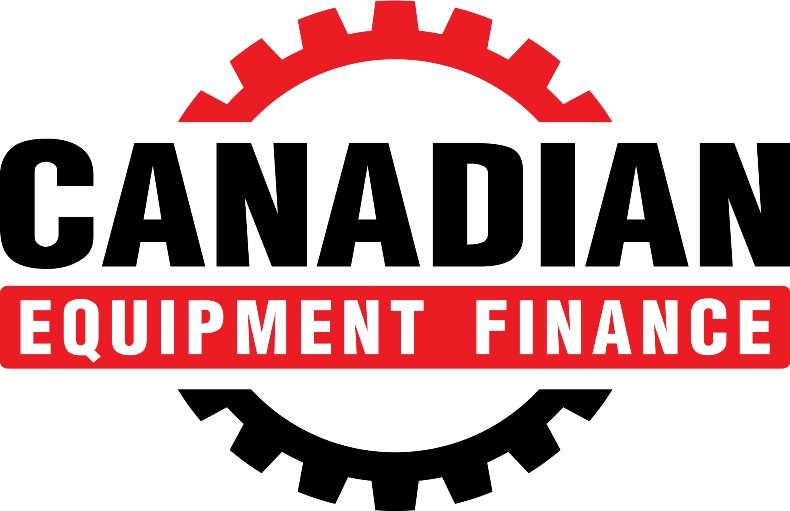By Brendan Read
The U.S. equipment finance and leasing market continues to be strong, driven by a booming economy. This also bodes well for the Canadian equipment market, what with Canada’s economy dependent on exports to the U.S.. The agreement to remove punitive steel and aluminum tariffs and a hoped-for ratification of the new North American free trade agreement will help improve the markets.
But the road ahead in the U.S. appears more like that of a roller-coaster, with a dizzying ride of global economic and trade uncertainties, such as the trade dispute with China and the threat to impose tariffs on Mexican exports as a tactic to force the country to limit migrants to the U.S.. And there appears to be a reported growing sense of foreboding on Wall Street that the U.S. economy is peaking and that a downturn is in the not-too-distant future.
These twists and turns of expectations in the U.S. is reflected in recent reports published by the Equipment Leasing & Finance Foundation (The Foundation) (https://www.leasefoundation.org).
Business, consumer confidence not as high, but still strong
The Q2 update to the 2019 Equipment Leasing & Finance U.S. Economic Outlook, released April 10, reported that business and consumer confidence have fallen from the highs experienced in 2018 in the wake of tax reform. However, it said they remain elevated; a strong labour market and rising wages should lead to solid consumer spending growth.
Highlights include:
Capital spending exceeded expectations at the close of 2018, despite some weakening in the underlying economic fundamentals. However, business investment faces downside risk in the first half of 2019 given the recent slowdown in the industrial sector and weaker global growth. Credit market conditions remain mostly healthy, though banks continue to tighten lending standards for some loans and demand for credit has weakened among both businesses and consumers. Financial stress remains in check, however, as delinquencies and charge-offs are still well below historical norms;
After achieving 2.9 per cent growth in 2018—tied with 2015 for the strongest year of growth during the current business cycle—the U.S. economy appears to have slowed in early 2019. Consumer spending should continue to serve as the backbone for economic growth, but business investment appears likely to slow after a Q4 rebound due to lower oil prices, easing confidence and waning global demand. Recent declines in business and consumer confidence and the ongoing negotiations with China on trade policy are two wild cards that should be closely monitored; and
Despite the soft patch in the first quarter, the equipment finance industry should resume its expansionary track in 2019. The industry does face headwinds moving forward, such as contracting investment in residential and non-residential construction and softening small business sentiment.
The Foundation-Keybridge U.S. Equipment & Software Investment Momentum Monitor, which is included in the report, tracked 12 equipment and software investment verticals. In addition, the Momentum Monitor Sector Matrix provides a customized data visualization of current values of each of the 12 verticals based on recent momentum and historical strength. Over the next three to six months:
Agricultural machinery investment growth is likely to slow;
Construction machinery investment growth should remain weak and may contract;
Materials handling equipment investment is likely to expand at a modest rate;
All other industrial equipment investment growth will likely remain weak and may stall;
Medical equipment investment growth is expected to slow;
Mining and oilfield machinery investment growth may improve, but a strong rebound appears unlikely;
Aircraft investment should expand at a moderate rate;
Ships and boats investment is likely to remain weak;
Railroad equipment investment growth is likely to remain negative;
Trucks investment is expected to expand at a moderate rate;
Computers investment growth will likely growth modestly; and
Software investment growth should slow.
On April 16 the Foundation released the Q2 2019 Equipment Leasing & Finance Industry Snapshot. It reported:
The U.S. economy softened to a 2.2 per cent annualized growth rate in Q4 2018 but posted a strong 2.9 per cent growth for the year;
Consumer spending and business investment were the major drivers of growth in Q4 2018;
Top economic headwinds include the softening Chinese economy, a slowing European economy and U.S. manufacturing weakness; and
Robust wage growth and dovish U.S. Federal Reserve policy around interest rates are top economic tailwinds.
Market confidence dipped, rose and then dipped…
The Foundation published two day later, on April 18, the April 2019 Monthly Confidence Index for the Equipment Finance Industry (MCI-EFI). This survey of finance and leasing industry executives reported that overall market confidence decreased after two consecutive months’ increases to 58.3, down from the March index of 60.4.
Confidence bounced back, to 59.2 in May. Then it dropped again, to 52.8, reported in the June MCI-EFI, published June 20.
Here are the survey results:
When asked to assess their business conditions over the next four months 3.3 per cent of executives responding said they believe business conditions will improve over the next four months, down from 16.1 per cent in May. 80 per cent believe business conditions will remain the same over the next four months, an increase from 67.7 per cent the previous month. But 16.7 per cent believe business conditions will worsen, an increase from 16.1 per cent in May;
None believe demand for leases and loans to fund capital expenditures (capex) will increase over the next four months, a decrease from 16.1 per cent in May. 83.3 per cent believe demand will “remain the same” during the same four-month time period, an increase from 77.4 per cent the previous month. But 16.7 per cent believe demand will decline, up from 6.5 per cent who believed so in May;
13.3 per cent expect more access to capital to fund equipment acquisitions over the next four months, up from 12.9 per cent in May. 86.7 per cent indicated they expect the “same” access to capital to fund business, a decrease from 87.1 per cent the previous month. None expect “less” access to capital, unchanged from last month;
30 per cent expect to hire more employees over the next four months, a decrease from 41.9 per cent in May. 63.3 per cent expect no change in headcount over the next four months, an increase from 45.2 per cent last month. Meanwhile 6.7 per cent expect to hire fewer employees, down from 12.9 per cent last month;
40 per cent evaluated the current U.S. economy as “excellent,” down from 51.6 per cent in May. 56.7 per cent rated it as “fair,” an increase from 48.4 per cent the previous month. But 3.3 per cent saw the economy as “poor,” up from none in May;
3.3 per cent believe that U.S. economic conditions will get “better” over the next six months, down from 9.7 per cent in May. 70 per cent indicated they believe the U.S. economy will “stay the same” over the next six months, a decrease from 77.4 per cent the previous month. 26.7 per cent believe economic conditions in the U.S. will worsen over the next six months, an increase from 12.9 per cent in May; and
26.7 per cent of respondents indicated they believe their company will increase spending on business development activities during the next six months, a decrease from 35.5 per cent last month. 73.3 per cent believe there will be “no change” in business development spending, an increase from 64.5 per cent in May. None believe there will be a decrease in spending, unchanged from last month.
“As unemployment is at record lows and employees are hard to come by, companies will rely more on capital equipment to support business growth and productivity growth from the employees they have,” said MCI-EFI survey respondent Quentin Cote, CLFP, who is president, Mintaka Financial, LLC, when asked about the future outlook. “My concern is primarily the trade wars, and their impact on the prices of goods. This will eventually weaken the purchasing power of consumers and small businesses.”




